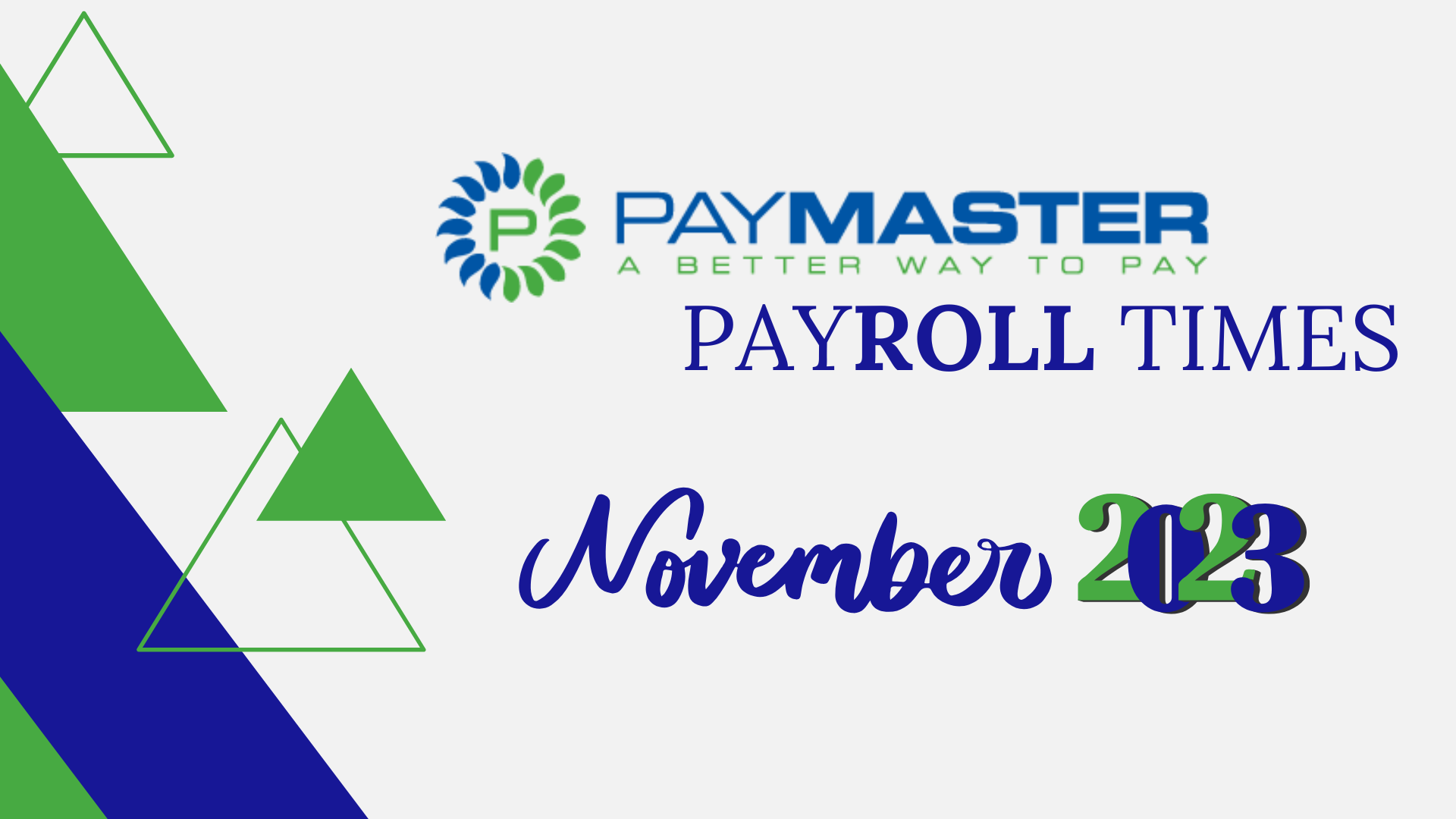


Unlike the Employee Retention Tax Credit (ERC) that came about as the result of COVID-19 and its effect on businesses, the Workforce Opportunity Tax Credit (WOTC) has been around since 1996. It only took ERC about two years to gain popularity, but almost three decades later, the WOTC is still mostly unknown.
So what exactly is the WOTC and how can it benefit your business? I am glad you asked. It is a federal tax credit ranging from $2,400 to $9,600 per hire, available to employers who hire workers from a ‘targeted group.’ These are workers who may otherwise face barriers to employment. They are likely employees you are hiring anyway, so you may have been eligible for credits of which you never took advantage. Here is a list of the targeted groups of employees that would be eligible for the credit:
- Qualified Short-Term Temporary Assistance to Needy Families (TANF) Recipients
- Qualified Veterans (SNAP Recipients, Disabled, Unemployed)
- Qualified Ex-Felons
- Qualified Designated Community Residents (residing in an Empowerment Zone) (Expires 12/31/2025)
- Qualified Vocational Rehabilitation Referred Individuals
- Qualified Summer Youth (residing in an Empowerment Zone) (Expires 12/31/2025)
- Qualified Supplemental Nutrition Assistance Program (SNAP) Recipients
- Qualified Supplemental Security Income Recipients (SSI)
- Qualified Long-Term Family Assistance Recipients
- Qualified Long-Term Unemployment Recipients (New!)

EEO-1 Report
The Equal Employment Opportunity Commission (EEOC) has announced that 2022 EEO-1 Component 1 data collection opens on October 31, 2023. The EEO-1 Component 1 report is a mandatory filing required of all private sector employers with 100 or more employees, and federal contractors and subcontractors with 50 or more employees meeting certain criteria.
The deadline to file EEO-1 reports is December 5, 2023
Employers should visit the EEO-1 Component 1 website for the latest filing updates and review this year’s filing Fact Sheet. There are changes to the filing requirements for multi-establishment employers.
If you are utilizing PayMaster HCM’s HRIS, EEO-1 reporting is included in your services.


Employers Must Use New Form I-9 by November 1.
Starting November 1, employers must use the version of Form I-9, Employment Eligibility Verification, with an edition date of 8-1-23. Employers do not need to complete a new Form I-9 for current employees who already have a properly completed Form I-9 on file unless reverification applies to them after October 31, 2023. Click Here for More Information



